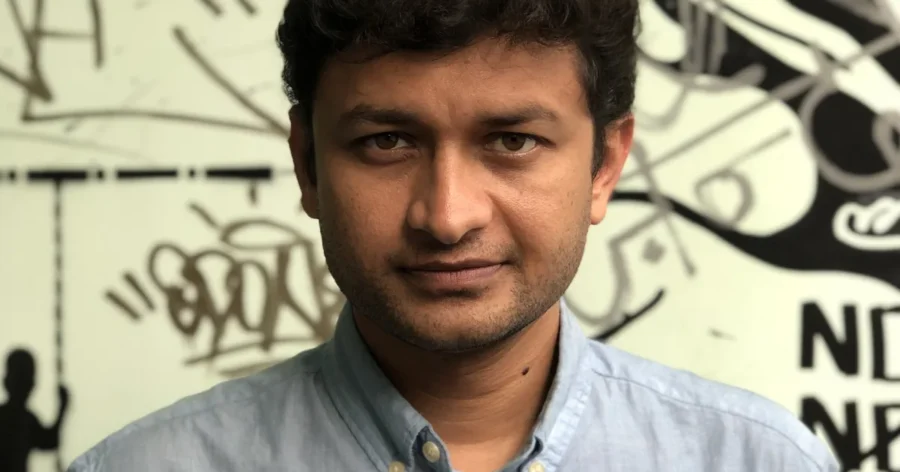Hanif Kureshi, fondly remembered as the pioneering artist who brought street art to the forefront in India, passed away on September 22, 2024, at the age of 41 after battling cancer. Through his pseudonym, Daku—meaning "bandit" in Hindi—he created thought-provoking graffiti and murals that transformed public spaces into vibrant canvases of social and cultural commentary. As the co-founder and artistic director of St+art India Foundation, Kureshi played a pivotal role in making art accessible, democratizing its reach, and breaking away from traditional gallery spaces.
Born in Palitana, Gujarat, Kureshi’s artistic journey was rooted in his early fascination with typography and street painting. Despite coming from a non-artistic family, his passion for lettering was evident from a young age as he apprenticed with sign painters and craftspeople. After earning a degree in visual arts from Maharaja Sayajirao University of Baroda, he briefly worked in advertising but soon shifted his focus to public art, seeking a more fulfilling and impactful creative path.
In 2014, Kureshi co-founded St+art India with Akshat Nauriyal, Giulia Ambrogi, Thanish Thomas, and Arjun Bahl. The foundation’s projects include the transformation of Delhi’s Lodhi Colony into a celebrated art district featuring over 50 murals by Indian and international artists. These works depict local narratives, blending typographic designs with portraits of community members. Another landmark project led by Kureshi was the 968-meter-long mural on the walls of Tihar Jail, featuring verses from an inmate’s poem, a tribute to the transformative power of art in unexpected places.
Beyond St+art India, Kureshi’s personal practice as Daku gained widespread attention for its bold, socially charged graffiti. His provocative messages—such as altering traffic signs to read “STOP RAPING” or “STOP BRIBING”—highlighted systemic issues and urged societal reflection. His installation, Cycle of Time, showcased at the India Art Architecture Design Biennale in 2023, further emphasized his mastery of typography, with shadows cast by suspended words creating dynamic interactions between text and environment.
Typography remained Kureshi’s lifelong passion. His Handpainted Type project documented traditional Indian sign painters and encouraged them to develop unique fonts, many of which are now used by global organizations. This initiative exemplified his dedication to nurturing a community of artists and preserving local craftsmanship.
St+art India’s tribute to Kureshi describes him as a figure of loyalty and guidance in the creative world, a sentiment echoed by all who worked with him. Through his murals, graffiti, and typographic innovations, Kureshi’s legacy lives on, inspiring countless artists to embrace the streets as spaces of beauty, provocation, and change.









